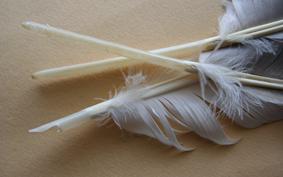As for the Persian sources, there are many more Western accounts than can be analysed in detail here. I want to concentrate on those which influenced the creation of the symbolic image of Abbas’ maydan – so, the earlier and more popular reports. In contrast to the Persian sources, it is possible to get some idea of the popularity and so influence of the Western accounts by looking at their publication (and re-publication) history.
The later reports were increasingly influenced by a “skein of intertextuality”[1]. Travellers “operated in the context of the incipient Republic of Letters; they had read the work of their predecessors, and they frequently incorporated information thus gleaned into their own writings”[2]. Allen has described the subsequent “strength of [the] self-sustaining and often incestuous string of publications”[3].
I want, therefore, to start with the very earliest reports of the maydan.
[1] Lindsay Allen, “Chilminar olim Persepolis: European reception of a Persian ruin”, in Persian Responses: Political and Cultural Interaction with(in) the Achaemenid Empire, ed. C Tupin (Swansea: The Classical Press of Wales, 2007), 325.
[2] Matthee, “The Safavids under Western Eyes,” 148.
[3] Lindsay Allen, “Chilminar olim Persepolis”, 325.
